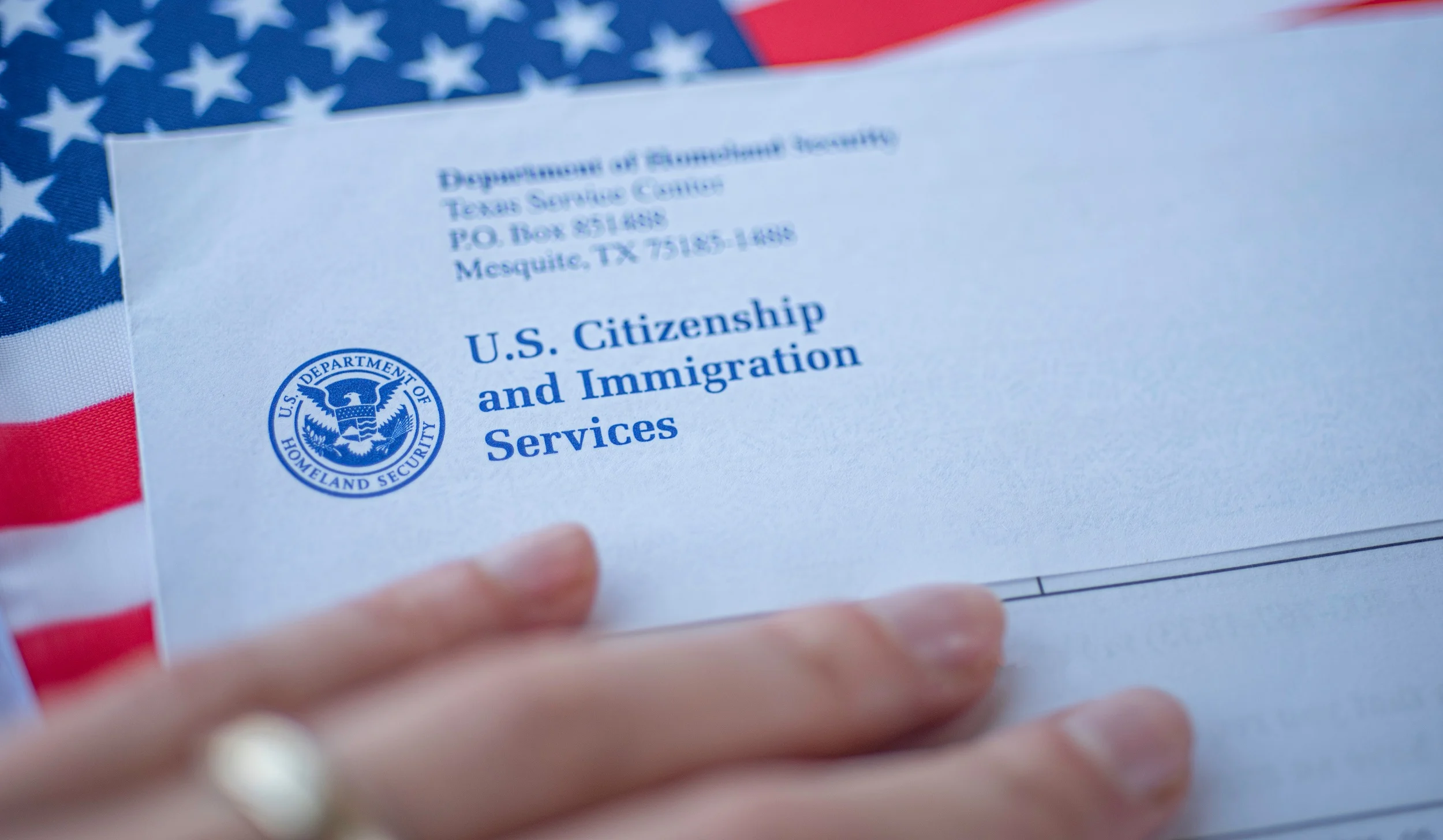A decimal point in the wrong place can crash a satellite. In intellectual property (IP) law, a single mistranslated verb can evaporate millions of dollars in licensing revenue.
When a corporation files for a patent in a foreign jurisdiction, the translation is not merely a reference document; it becomes the legal instrument defining the scope of protection. If the translated claims do not perfectly mirror the original innovation, the patent is worthless.
Stakeholders often baulk at the premium rates charged by specialized patent translators. However, when viewed through the lens of litigation risk and asset forfeiture, the cost of "expensive" translation is negligible compared to the price of a revoked patent.
The "Comprising" vs. "Consisting" Trap
To understand why generalist linguists cannot handle patent claims, one need look no further than standard patent legalese.
In everyday English, "comprising" and "consisting of" are synonyms. In patent law, they are opposites.
"Comprising" is an open-ended term (meaning "including at least these elements, but possibly more").
"Consisting of" is closed-ended (meaning "only these elements and nothing else").
If a translator renders "comprising" into a target language using a word that implies exclusivity (closer to "consisting of"), they have inadvertently narrowed the scope of the patent. Suddenly, a competitor can make a slight modification to the product and bypass the patent entirely. The innovation was protected, but the translation opened the door to infringement.
This is not a theoretical risk. Legal history is littered with "prosecution history estoppel" cases where translation discrepancies forced companies to surrender rights they didn't intend to give up.
The PHOSITA Standard: Why Fluency Isn't Enough
Courts and patent offices (like the USPTO, EPO, or JPO) interpret claims based on how they would be understood by a "Person Having Ordinary Skill In The Art" (PHOSITA).
This is the legal benchmark for subject matter expertise (SME). A translator must possess dual fluency: linguistic fluency in the target language and technical fluency in the specific domain (e.g., biochemistry, semiconductor lithography, or blockchain architecture).
Consider a patent for a mechanical clutch. A generalist might translate "spring" using the target language's word for the season (Spring) or a water source. A specialized engineer-linguist knows that in this context, it refers to a tension coil.
The data supports this necessity:According to industry analysis regarding WIPO (World Intellectual Property Organization) filings, linguistic errors are a leading cause of "office actions"—official rejections or requests for clarification from patent examiners. Each office action triggers legal fees for response and amendment, often costing upwards of $3,000 to $5,000 per round.
A "cheap" translation that saves $500 upfront but triggers two rounds of office actions has already cost the applicant an additional $6,000—and that is the best-case scenario. The worst case is invalidation.
Evidence of Loss: The Cost of Inaccuracy
The most persuasive argument for high-value translation is the "all-or-nothing" nature of the Paris Convention and PCT filings.
If a translation error leads to a discrepancy in the "priority document," the foreign patent office may rule that the new filing describes a different invention than the original. This breaks the priority chain. The result? The patent loses its original filing date.
Once the date is lost, the invention is exposed to "prior art" attacks. Any public disclosure made in the interim—even by the inventor themselves—can be used to invalidate the patent.
The ROI of Premium Translation
Let’s break down the value proposition:
Translation Cost: $3,000 (High-end, SME-verified).
Potential Patent Value: $20 Million (Licensing + Market Exclusivity).
Risk Factor: A 1% chance of invalidation due to translation error.
If you use a non-specialized agency, that risk factor jumps significantly. Protecting a $20 million asset with a budget translation is logically unsound. The premium paid for subject matter expertise acts as an insurance policy for the asset's legal integrity.
Beyond the Text: A Partner for Global Expansion
Securing a patent is rarely the end of the road; it is usually the beginning of a product's global lifecycle. The precision required in filing patents must carry over into how that IP is marketed, explained, and utilized in foreign markets.
This is where the depth of your language partner becomes a strategic advantage. You need a team that treats every word as a liability or an asset, regardless of the medium.
Artlangs Translation has spent years perfecting this balance between technical rigidity and linguistic naturalness. With a network covering 230+ languages, Artlangs does not simply process text; they manage cross-border understanding.
Their expertise extends far beyond the courtroom. Whether it is high-stakes video localization and short drama subtitles for entertainment IP, or the complex nuances of game localization and multilingual audiobooks, the standard for accuracy remains absolute.
For tech and AI developers, Artlangs provides critical support through multilingual data annotation and transcription, ensuring that the datasets powering the next generation of patents are as accurate as the legal filings that protect them.
In the world of intellectual property, accuracy is the only currency that matters. When the validity of your patent hangs on a single word, ensure that word is chosen by an expert.
What would you like to do next?
I can help you draft a checklist for vetting patent translation agencies to accompany this article, or I can create a social media summary of this piece tailored for LinkedIn to target IP attorneys. Which would be more useful?











